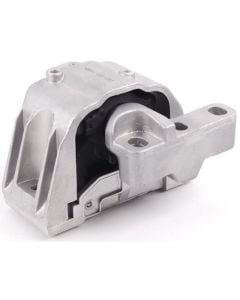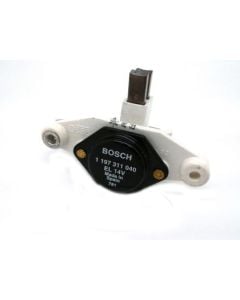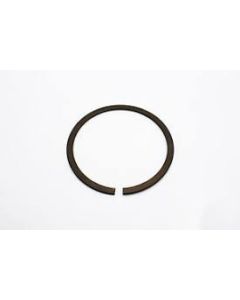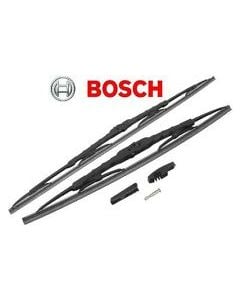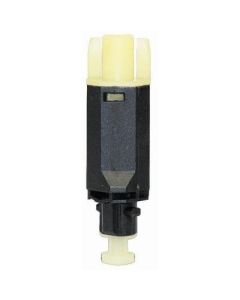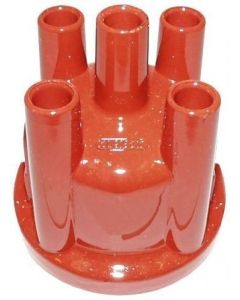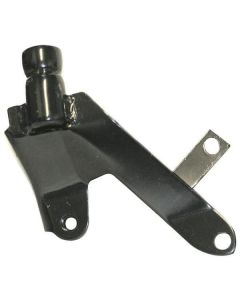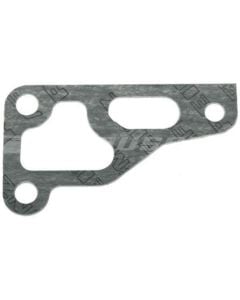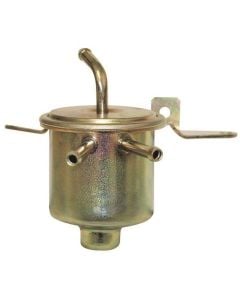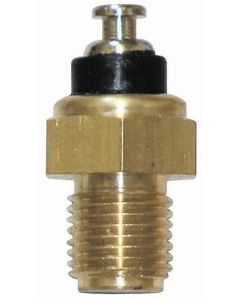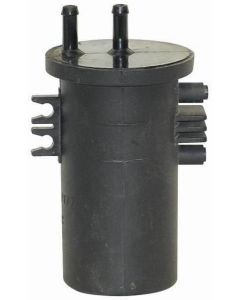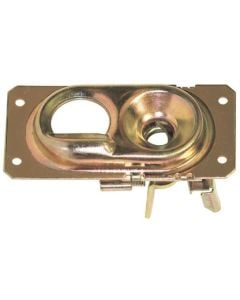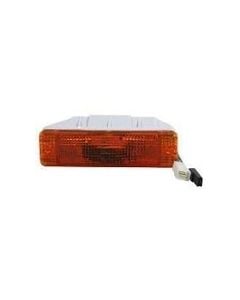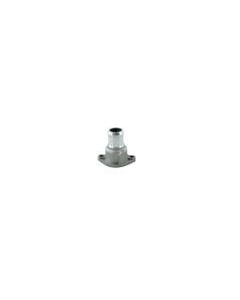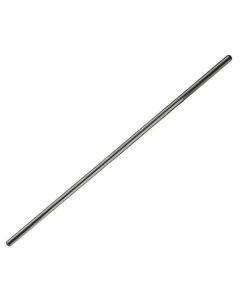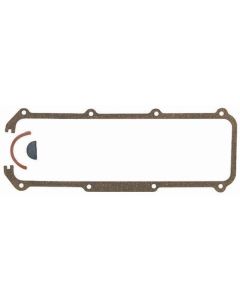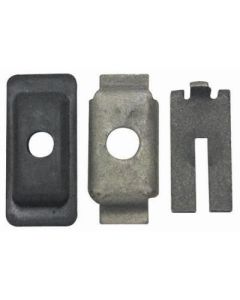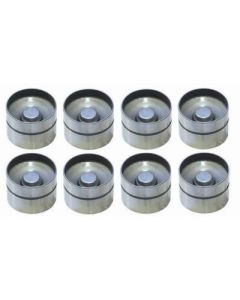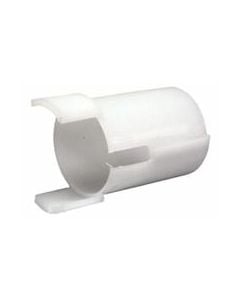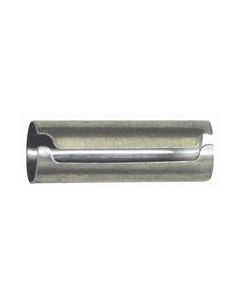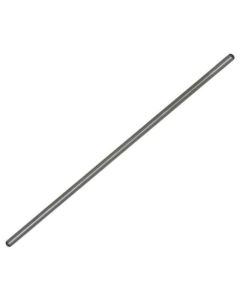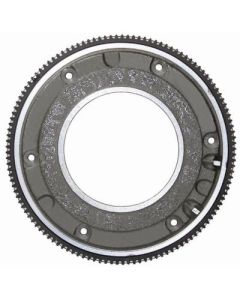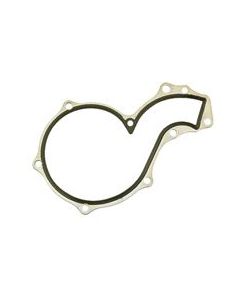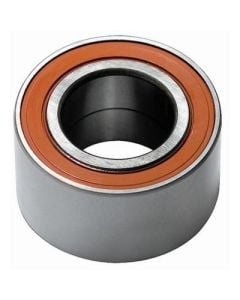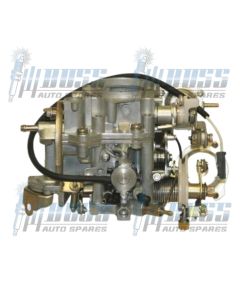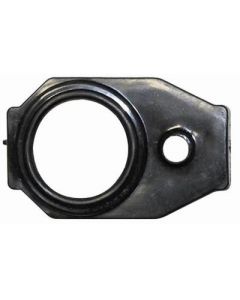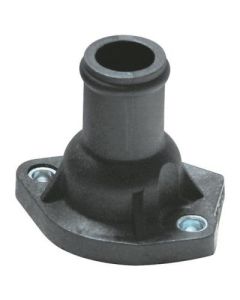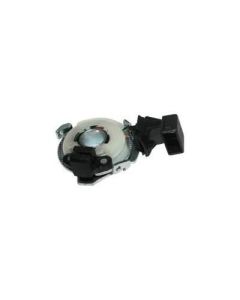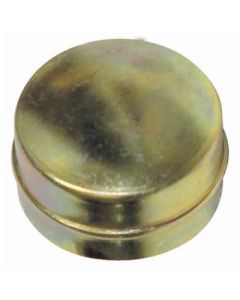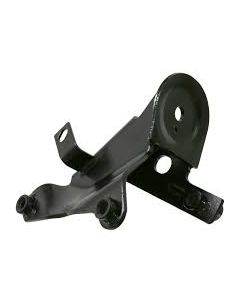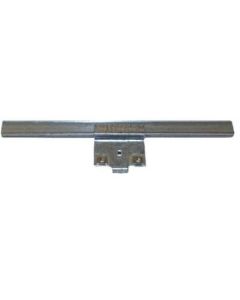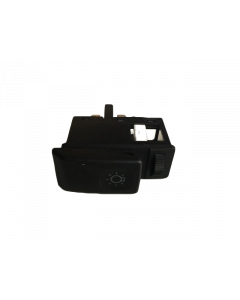We use cookies to make your experience better. To comply with the new e-Privacy directive, we need to ask for your consent to set the cookies. Learn more.
ONLINE ORDER PROCESSING TIME IS 3-7 BUSINESS DAYS (EXCLUDES DELIVERY TIME)
FAQ-
Vehicles
Toggle
-
- Audi Toggle
-
BMW (non-genuine parts suitable for BMW vehicles)
Toggle
-
- 1Series E87 2004-2010 (non-genuine parts suitable for BMW vehicles)
- 1 Series F20 2011-2014 (non-genuine parts suitable for BMW vehicles)
- 3 Series E30 1982-1992 (non-genuine parts suitable for BMW vehicles)
- 3 Series E36 1992-1999 (non-genuine parts suitable for BMW vehicles)
- 3 Series E46 1999-2005 (non-genuine parts suitable for BMW vehicles)
- 3 Series E90/E91/E92 2005-2011 (non-genuine parts suitable for BMW vehicles)
- 3 Series F30 2013+ (non-genuine parts suitable for BMW vehicles)
- 5 Series E28 1981-1988 (non-genuine parts suitable for BMW vehicles)
- 5 Series E39 1995-2004
- 5 Series E60 2003+ (non-genuine parts suitable for BMW vehicles)
- X5 E53 2003-2008
- X5 E70 2007-2010
- BMW X3
- X4
-
- Chevrolet Toggle
- Ford Toggle
- Honda Toggle
- Hyundai Toggle
- Kia Toggle
- Mazda Toggle
- Mini Cooper (non-genuine parts suitable for Mini Cooper vehicles)
- Mercedes-Benz Toggle
- NISSAN Toggle
- Opel Toggle
- Peugeot Toggle
- Renault Toggle
- Suzuki Toggle
-
Toyota
Toggle
-
- Avanza
- Avensis
- Aygo 2011-2015
- Camry
- Corolla AE100/AE110 1996-2001 ( 160I/180I/RSI/RXI )
- Corolla E130 - 2007-2009
- Corolla Quest 2014+ (E150)
- Cressida
- Etios 2012+
- Fortuner 2011-2015
- Hilux D4D 2005-2015
- Hilux (GD-6) 2016+
- Landcruiser
- Prado
- Quantum 2.5D4D/2.7VVTI 2005-
- Rav4 2006-2013
- RunX/Corolla (E120) 2002-2006
- Tazz 1.3/1.6
- Yaris 2005-2011
- Yaris 2012+
-
-
VW
Toggle
-
-
- Amarok
- Caddy 2004-2011
- Golf 1 1984-2009
- Golf 2 1984-1992
- Golf 3 1992-1999
- Golf 4 1998-2002
- Golf 5 2004-2009 ( Including GTI )
- Golf 6 2009-2013 ( Including GTI )
- Golf 7 2013-
- Jetta 2 1985-1992
- Jetta 3 1992-1999
- Jetta4 1999-2003
- Jetta 5 2004-2009
- Jetta 6 2011-2014
- Polo1 1996-2000 Classic/Playa
- Polo 2 2002-2004 (Round Lights)
- Polo 2 2005-2009 (Facelift)
- Polo Vivo 2010-2014
- Polo Vivo 2014-2018
- Polo 6 2010 - 2013
- Polo 7 2014-2016
- Polo 8 2018+
- Polo 9
-
-
- Chana
- Mitsubishi
- Isuzu
- Range Rover
- Jaguar
- Daihatsu
- CAM Toggle
- Daewoo Toggle
- Volvo
- Tata
- Dodge
- Mini
-
-
All Spares
Toggle
-
- Aircon Pump
- Air Mass Sensor / Air Flow Meter
- Alternators
- Ball Joints
- Brake Discs
- Brake Drums
- Brake Pads & Brake Shoes
- Brake Master Cylinder
- Bumpers
- Cabin Filters
- Cables
- Camshaft
- Cylinder Head
- Carburetor
- Clutch Slave Cylinder
- Clutch Master Cylinder
- Clutch Kits
- Coils
- Control Arms
- Crankshaft
- Crank Pulleys
- C.V Joints
- Distributor
- Door Handles
- Exterior & Interior Parts Toggle
- EGR Valves
- Fan Motor
- Fenders & Fender Liners
- Fuel Pumps
- Full Gasket Set
- Gearbox Oil Filter Kit
- Head Lights
- Headlight Modules
- Hoses
- Ignition Pencil and Dry Coils
- Injectors
- Mudflaps
- Mounting
- Oil Coolers
- Oil Pump
- Oil Sump
- Power Steering Pumps
- Radiator
- Radiator Water Bottles
- Suspension Toggle
- Sensors
- Service Kits
- Side Shafts
- Shock Absorbers & Mounts
- Spark Plugs
- Starters
- Switches
- Tail Lights
- Tensioner Pulleys
- Thermostats
- Water Pumps
- Fan Clutches
- Hinges
- Water Flanges
- Throttle Body
- Timing Kits
- Head, Block & Sump
- Wiper Blades
- Tappet Cover
- Doors
- Conrods
- Pistons
- Bonnets
- Intercooler
- Manifold
- Marker Lamp
- Mirrors
- Wheel Bearings and Hubs
- Window Switches
-
- Accessories Toggle
- Lubricants / Oils Toggle
- Light Bulbs
- Car Care Toggle
- Bargain Box
- Service Kits
- Taxi Spares


